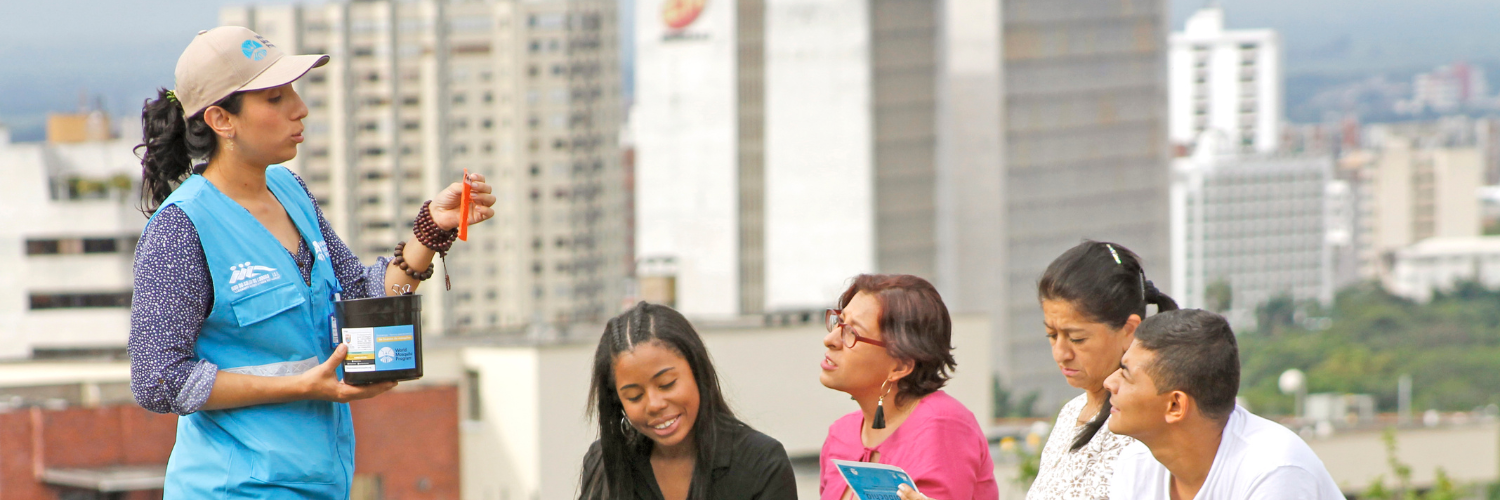Our Wolbachia method requires us to release Wolbachia mosquitoes into communities where there is risk of mosquito-borne disease transmission. From there, they will breed with wild mosquitoes and Wolbachia will thrive and spread. But how do we get them out there? Well, depending on the environmental context, there are a number of different ways we can go about it.

Adult releases
Wolbachia mosquitoes bred in the lab are reared, packed tight into tiny boxes, shipped to their new home and released by local field teams. Our deployment teams might drive a car or motorbike around sections of the neighbourhood and set a certain number free at specific intervals. Or they might even do it on foot in hard to access areas.
This is how it all began and is still a method used in some of our sites. But logistically it’s not always as efficient as rearing eggs in the release areas.
Drones
Our teams are currently testing ways to deploy drones with mosquito release mechanisms over communities to set the mosquitoes free. Mosquitoes are chilled to knock them down, then placed in the release mechanism. The drones release them from high in the air so they can awake and take flight before they hit the ground. We’ve had some success with trials in Fiji and we’re optimistic this will be an effective method for harder to reach communities.


